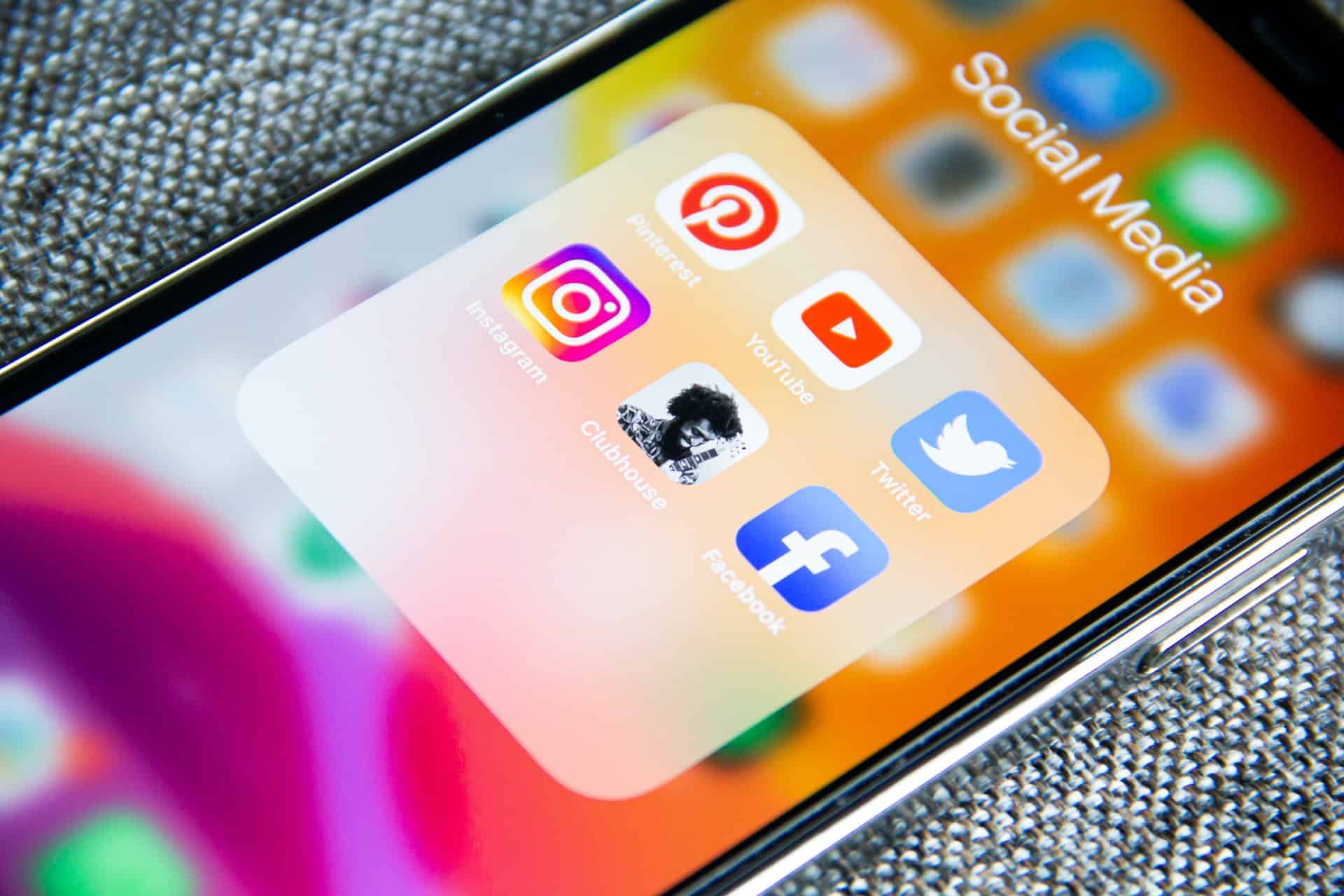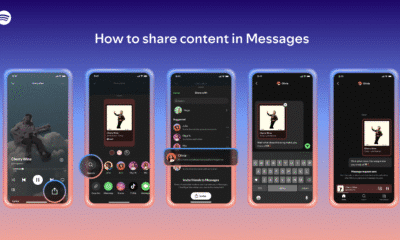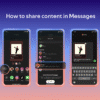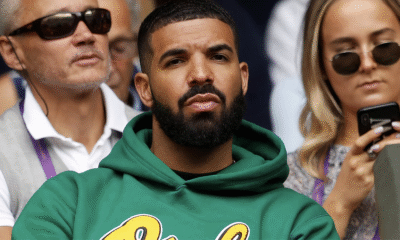Social Media
Social media scrambles to deal with Taliban takeover of Afghanistan
With the world coming to terms with the Taliban takeover of Afghanistan, social media platforms are trying to figure out how to deal with accounts and posts supporting or representing the militant group.
Minutes before the Taliban entered the capital city of Afghanistan, rumors of the militant group’s presence in Kabul rocketed across social media platform as journalists posted videos of the US helicopter evacuation effort. Other videos and photographs showed traffic jams along major arteries and emptied-out neighborhoods elsewhere. According to WSJ, pro-Taliban social media accounts showed video clips of what they said were large numbers of insurgents arriving in pickup trucks to provide security for Kabul. On Snapchat and other platforms, late night videos from the airport showed absolute chaos.
WhatsApp and Instagram said they would remove accounts maintained by or on behalf of the Taliban. Facebook spokesperson told CNN that the Taliban is sanctioned as a terrorist organization under the US law and as such, the company has banned them from its services under “Dangerous Organization policies”. However, the US has not officially designated Taliban as a Foreign Terrorist Organization. It has been placed on a US Treasury Department list of Specially Designated Global Terrorists and a Specially Designated Nationals list.
Facebook designates dangerous organizations into three tiers, with the first being subjected to the most extensive enforcement. Entities in tier 1 include terrorist, hate and criminal organizations. It should be noted that Facebook had banned the Taliban for years, but it hasn’t highlighted what restrictions have been placed. The Taliban have for long used encrypted messaging services like WhatsApp and Telegram, which prompted the Afghan government to threaten to block those services in the country several years ago.
Twitter said it is keenly watching the rapidly evolving situation in Afghanistan and ensuring people can use the platform to seek help. The company promised to remain vigilant in enforcing its policies, including those than ban content that glorifies violence. YouTube said it will terminate accounts run by the Afghan Taliban, clarifying its earlier remarks that suggested the group is not banned from the video platform.
What has turned heads is that whilst Twitter removed formed US President Donald Trump, it continues to allow Taliban leaders to use the network! Trump was banned from Twitter, YouTube, and Facebook services for inciting violence and attack on the US Capitol. The platform has also suspended other politicians across the world for spreading misinformation.
Also Read: Google launches new budget smartphone – Pixel 5a
Meanwhile, Taliban spokesmen Suhail Shaheen and Zabihullah Mujahid each have more than 300,000 followers and tweet regularly about Taliban policy. Dr Muhammad Naeem Wardak, a Taliban spokesman who was involved in US-Taliban diplomatic talks, also posts regularly to his 200,000 followers.
It should also be noted that when the Taliban took over Kabul, in a forceful overthrow of the Afghan state, none of the militant group’s posts violated Twitter policies. In fact, Shaheen tweeted assuring a safe environment in Kabul for foreign diplomats attempting to flee the country. The spokesman also denied reports that the Taliban were seizing property from residents and Afghan government officials, and forcing young Afghan girls to marry fighters.










































Pingback: With Pay 1/3, Uni aims to intuitively solve the problem of short-term liquidity